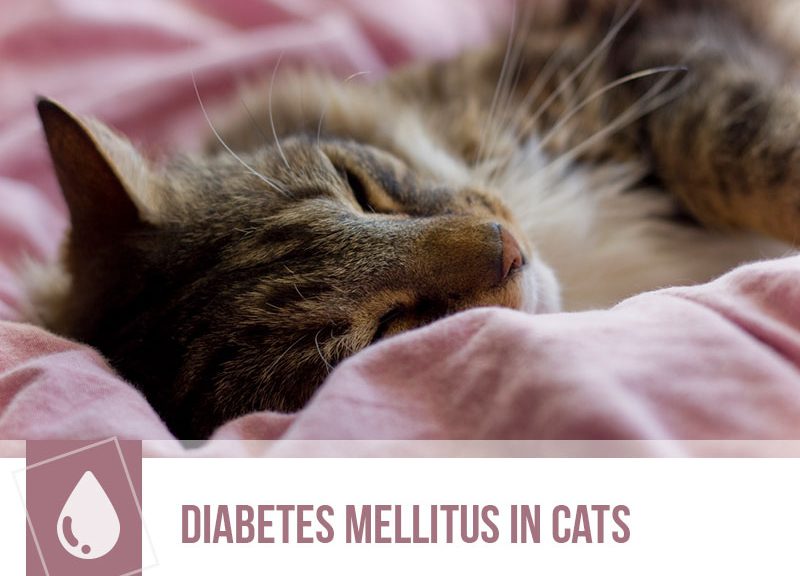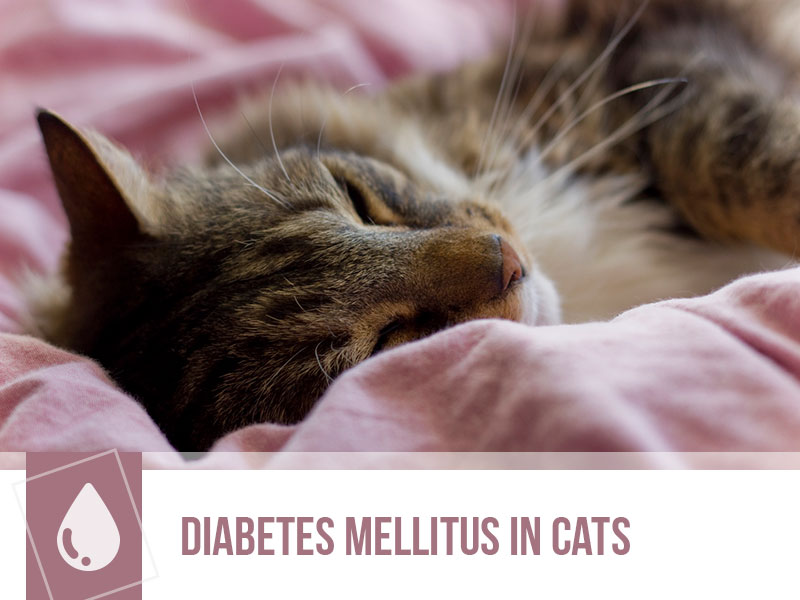Many owners will be familiar with diabetes mellitus, as it’s an unfortunately common disorder in humans and there have been many public health initiatives towards making diabetes a known issue.
Diabetes mellitus is an endocrine disorder that influences the mechanism that regulates sugar concentration in blood. Our organism’s capacity to maintain a relatively stable concentration of glucose circulating in the blood stream is one of the most important homeostatic functions. Glucose is the chief energy source of our body and any extreme fluctuations, either too little or too much, will be extremely harmful.
Insulin is the hormone responsible for reducing the excess blood sugar to normal levels and making glucose available as an energy source. It is produced in the pancreas by secretory cells called β-cells and in the most common form of diabetes in cats there is a progressive destruction of these cells.
There are several clinical signs to look out for in our furry friends: increased urine production, increased water intake, increased appetite and unexplained weight loss. Try to keep an eye on their behaviour too. Diabetic cats might be more lethargic, interact less with the family and not be able to do as much grooming, so they end up looking rather unkempt.
If all the signs mentioned above are missed or devalued, it might evolve to include neuropathy of the pelvic limbs (limb weakness, ataxia and incapacity to jump) and diabetic ketoacidosis.
Diabetic ketoacidosis is a serious complication of untreated diabetes or of incorrectly supplemented insulin therapies. This causes many ill effects and is a medical emergency, so if you see vomit, lethargy, depression, high respiratory rate, weight loss, icterus or lowered body temperature in a diabetic cat or a cat that may have diabetes, don’t hesitate in bringing them in to the vet!
Unfortunately, diabetes mellitus is often a chronic disease that has no cure however, it can be medically controlled and your cat can have a long, healthy life. It’s important that the earliest diagnostic possible is made to begin a successful management of insulin, sugar levels and not risk further complications.
If you think you cat might have diabetes mellitus, take them to the vet and share your concerns. Even after a successful diagnosis and therapy, it’s important to check in with your vet frequently to make sure everything is still running smoothly.
Would you like to know more about cats? Check our Feline Courses:

